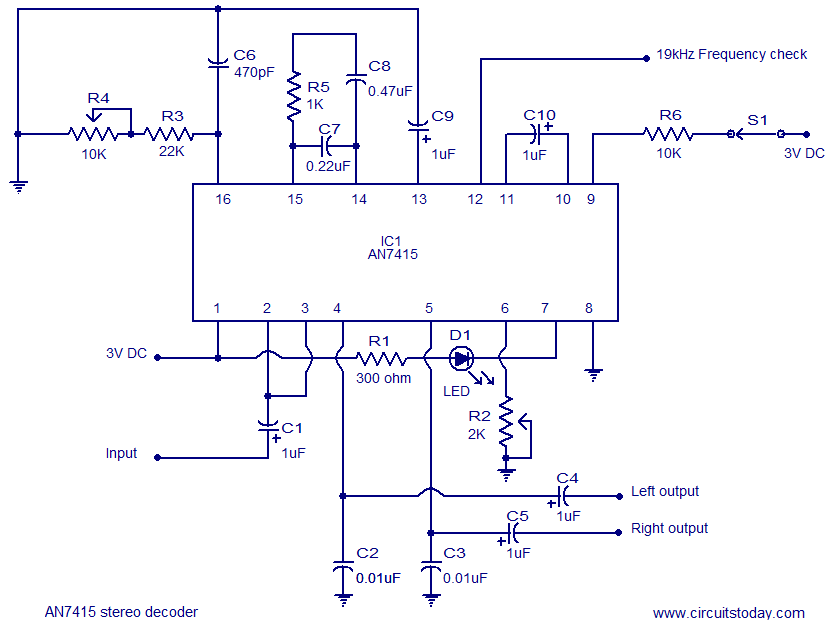
Donald Smith Devices too good to be true 30

Thank you for the valuable information. I have rewatched all your videos, particularly the ones by Lenz and Znel, and I created a schematic based on my understanding.
A schematic is a representation of an electrical circuit that illustrates the components and their connections using standardized symbols. In this case, the schematic likely includes various elements such as resistors, capacitors, inductors, diodes, and transistors, which are essential for the functioning of the circuit. Each component will be labeled with its respective value or part number, and connections will be clearly indicated, often using lines that represent wires.
When creating a schematic, it is crucial to ensure that all components are accurately represented and that the connections reflect the intended circuit design. This involves understanding the function of each component within the circuit, including how they interact with each other. For instance, resistors may be used to limit current, while capacitors might be included for filtering or energy storage purposes.
In addition to the basic components, the schematic may also feature power supply connections, ground references, and signal pathways. It is essential to maintain clarity in the schematic to facilitate troubleshooting and modifications in the future. Proper organization and labeling are key to creating an effective schematic that can be easily interpreted by other engineers or technicians.
Overall, the process of creating a schematic based on video tutorials requires careful attention to detail and a solid understanding of electronic principles to ensure that the final representation accurately reflects the intended design.Hi Dragon thank`s very much for your great info. I have rewatched all your video (or at least Lenz or Znel video) And i made a shematic how i see the.. 🔗 External reference
A schematic is a representation of an electrical circuit that illustrates the components and their connections using standardized symbols. In this case, the schematic likely includes various elements such as resistors, capacitors, inductors, diodes, and transistors, which are essential for the functioning of the circuit. Each component will be labeled with its respective value or part number, and connections will be clearly indicated, often using lines that represent wires.
When creating a schematic, it is crucial to ensure that all components are accurately represented and that the connections reflect the intended circuit design. This involves understanding the function of each component within the circuit, including how they interact with each other. For instance, resistors may be used to limit current, while capacitors might be included for filtering or energy storage purposes.
In addition to the basic components, the schematic may also feature power supply connections, ground references, and signal pathways. It is essential to maintain clarity in the schematic to facilitate troubleshooting and modifications in the future. Proper organization and labeling are key to creating an effective schematic that can be easily interpreted by other engineers or technicians.
Overall, the process of creating a schematic based on video tutorials requires careful attention to detail and a solid understanding of electronic principles to ensure that the final representation accurately reflects the intended design.Hi Dragon thank`s very much for your great info. I have rewatched all your video (or at least Lenz or Znel video) And i made a shematic how i see the.. 🔗 External reference





